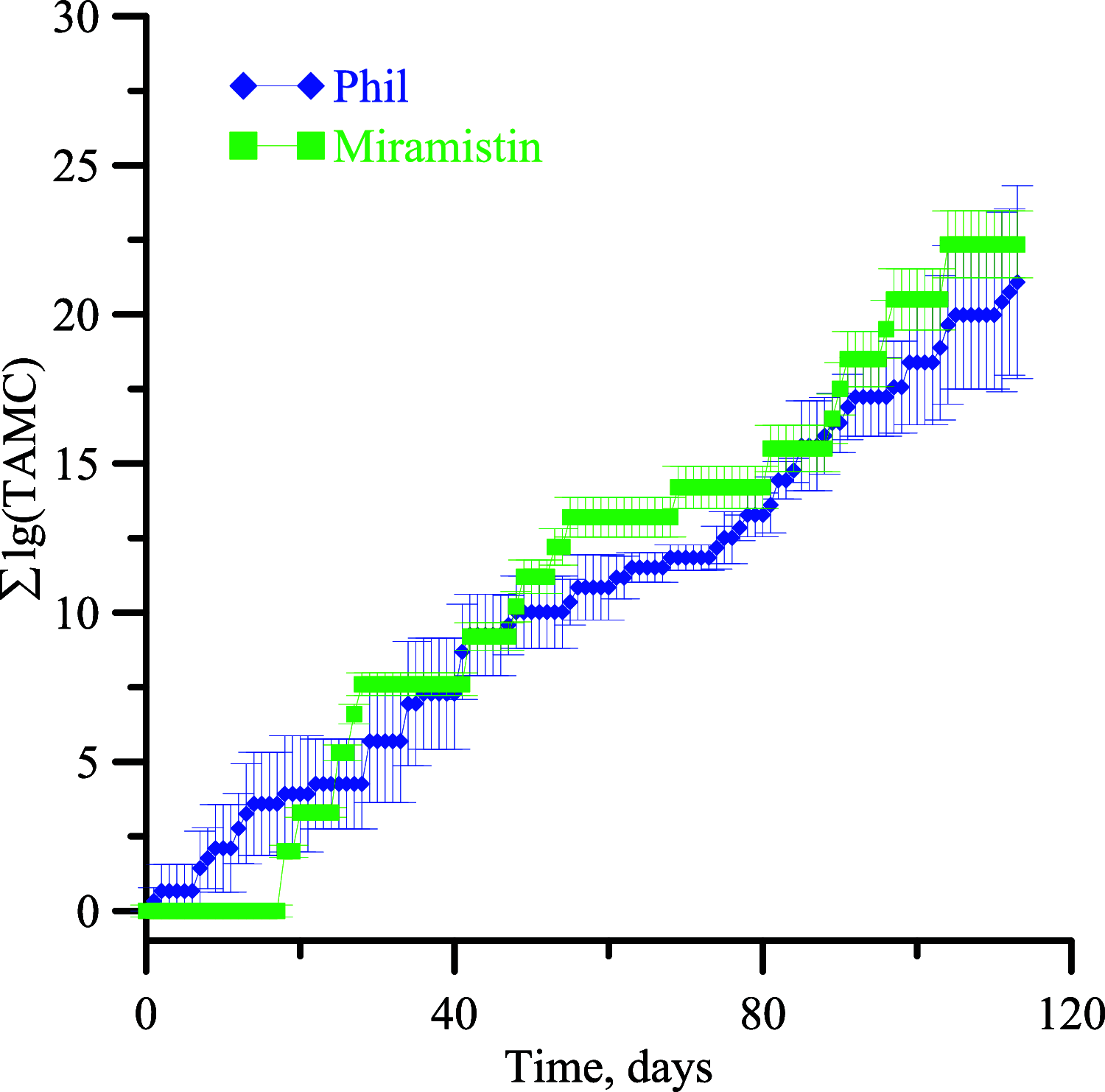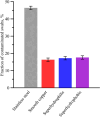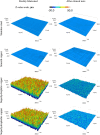Does Extreme Wettability Matter: The Effect of Copper Wettability on Infection Spread through Hospital Surfaces
- PMID: 40385144
- PMCID: PMC12079589
- DOI: 10.1021/acsomega.5c01931
Does Extreme Wettability Matter: The Effect of Copper Wettability on Infection Spread through Hospital Surfaces
Abstract
One of the reasons for the widespread occurrence of hospital-acquired infections is the ability of microorganisms to survive for extended periods on the indoor surfaces of healthcare facilities. Although the antibacterial properties of copper are well-known and have already been used in medical practice, there is still a lack of research on how extreme wettability of copper-based materials by biological fluids can affect the reduction of surface contamination and, consequently, the spread of hospital-acquired infections, particularly in healthcare settings. This study aims to compare the efficacy of superhydrophilic and superhydrophobic copper surfaces on high-touch facilities such as elevator buttons with smooth copper and stainless steel surfaces in preventing the transfer of infections through hospital surfaces. It was found that the wettability of frequently touched surfaces like elevator buttons matters for combating bacterial contamination. The total aerobic microbial counts, encompassing both pathogenic and nonpathogenic microbial contamination, were similar across smooth, superhydrophobic, and superhydrophilic copper coatings. At the same time, surfaces with extreme wettability exhibited a lower incidence of Staphylococcus aureus growth, no growth of Acinetobacter spp., and reduced maximum contamination levels for both pathogens and nonpathogenic bacteria. Superhydrophilic buttons treated with the quaternary ammonium compound miramistin showed a reduction in microbial growth during the initial 20 days. The study emphasizes the importance of surface wettability and texture in mitigating microbial contamination.
© 2025 The Authors. Published by American Chemical Society.
Conflict of interest statement
The authors declare no competing financial interest.
Figures







Similar articles
-
Study of the Antibacterial Activity of Superhydrophilic and Superhydrophobic Copper Substrates against Multi-Drug-Resistant Hospital-Acquired Pseudomonas aeruginosa Isolates.Int J Mol Sci. 2024 Jan 8;25(2):779. doi: 10.3390/ijms25020779. Int J Mol Sci. 2024. PMID: 38255852 Free PMC article.
-
Specific antibacterial activity of copper alloy touch surfaces in five long-term care facilities for older adults.J Hosp Infect. 2020 Mar;104(3):283-292. doi: 10.1016/j.jhin.2019.11.021. Epub 2019 Dec 3. J Hosp Infect. 2020. PMID: 31809775
-
Antimicrobial efficacy and compatibility of solid copper alloys with chemical disinfectants.PLoS One. 2018 Aug 10;13(8):e0200748. doi: 10.1371/journal.pone.0200748. eCollection 2018. PLoS One. 2018. PMID: 30096209 Free PMC article.
-
Bioinspired surfaces with wettability: biomolecule adhesion behaviors.Biomater Sci. 2020 Mar 17;8(6):1502-1535. doi: 10.1039/c9bm01729a. Biomater Sci. 2020. PMID: 31994566 Review.
-
Bio-Inspired Extreme Wetting Surfaces for Biomedical Applications.Materials (Basel). 2016 Feb 19;9(2):116. doi: 10.3390/ma9020116. Materials (Basel). 2016. PMID: 28787916 Free PMC article. Review.
References
-
- European Centre for Disease Prevention and Control, European Medicines Agency . The bacterial challenge: time to react: a call to narrow the gap between multidrug-resistant bacteria in the EU and the development of new antibacterial agents, (Technical Report) Publications Office. 200910.2900/2518. - DOI
LinkOut - more resources
Full Text Sources
Miscellaneous
